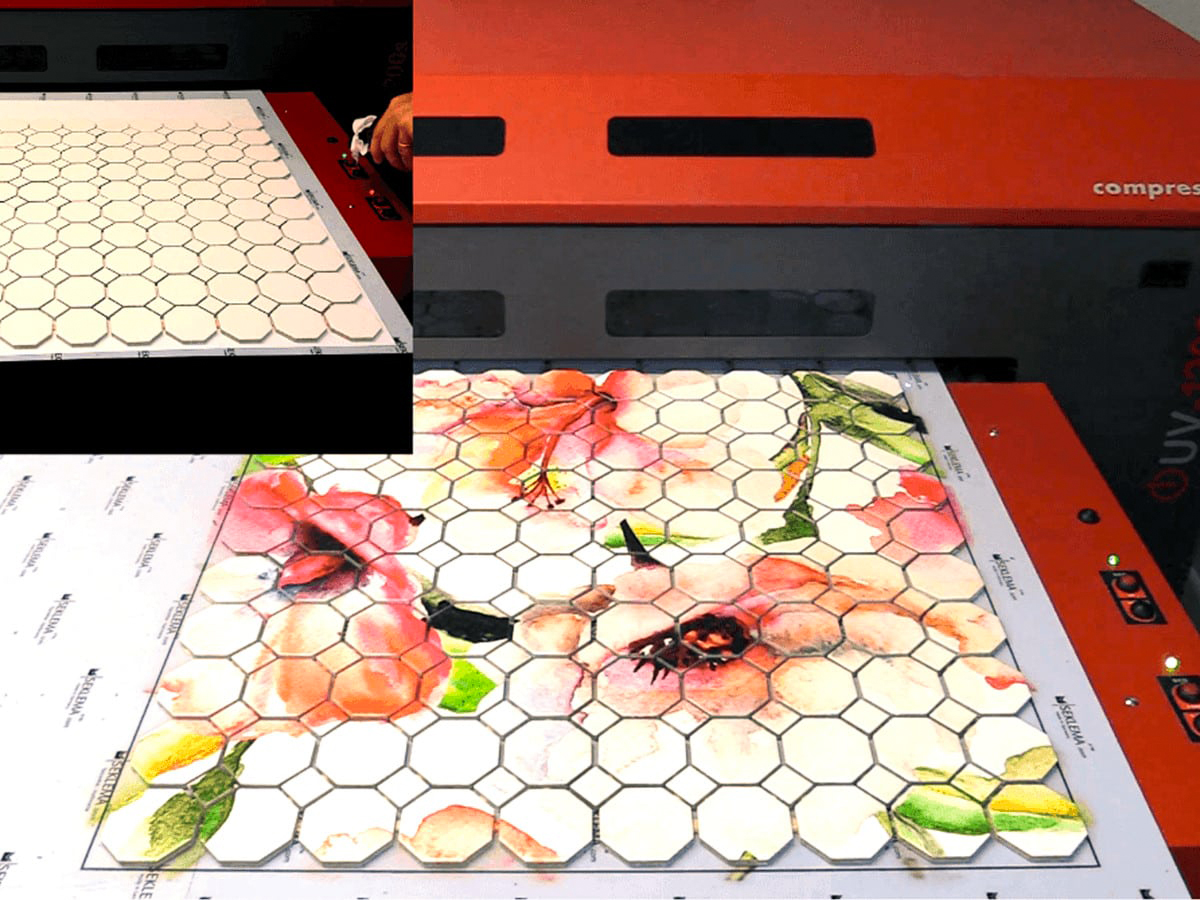What to Consider When Printing Tiles
The flooring industry has seen a lot of changes and improvements. One such improvement is digital printing on tiles. As a result, interior designers are using custom tiles to improve houses and businesses’ look significantly. What you may not know is that these custom tiles are thanks to improved digital printing technology.
There is a lot that goes into this process. However, it is important to note that you should make a few considerations before printing on tiles. This is to ensure that you make the best decisions for your business or house.
Luckily, we offer the following wise considerations to help you on your journey. But before that, you can first learn about how this amazing process makes ordinary tiles look like hardwood floors, minus the maintenance.
How Does It Work?
To start, tile printing uses a special type of printer. However, it works similar to inkjet printers. This process uses a flatbed UV printer to transfer images onto the files. Then, it hooks up to a computer or laptop using a USB or Ethernet cable.
These printers use a special type of ink that bonds with the tiles for durability. Like sublimation printing, the ink and surface become one. The ink undergoes immediate curing under ultraviolet light, quickening the process. Finally, you put in the image you want to print into the software and lay it out as you would want it to come out.
The ink moves directly onto the surface of the tile through a powerful jet. The ink then undergoes drying, preventing the need for a second step. When the tiles come out of the printing machine, they are ready for use.
The best thing about these tiles is that they can mimic any style or pattern. You can create a 3D effect or even a hardwood floor. If your goal is to have stylish floors but would rather have the convenience and easy maintenance of ceramic tiles, you should consider tile printing.
What to Consider When Printing Tiles
- Size. First things first, how big is your print? This process takes a while to print individual images onto the tile. For example, if you have a dozen individual images you need to print on a set of tiles, then you have to lay out the design 12 times for printing. This can take a while if your goal is to create multiple images spread across various tiles. Additionally, the process may seem longer than you anticipate. This type of printing is ideal for repeated images across various tiles, say if you want to create a hardwood floor effect.
- Type of print. The type of image you want on the tile should be another factor to consider. If your print is large with many details, expect to spend a little more on ink and time. Additionally, your print can be so heavily detailed that some of the features get lost in the formation of the tiles. Therefore, professionals will tell you that simpler designs are ideal.
- Budget. Unfortunately, this form of printing is not cheap. The printing machines are a bit on the higher side in terms of price. Additionally, the ink is also of high quality because it must bond with the tiles. Plus, the results are durable and will withstand almost anything. Therefore, this style of flooring and printing is unlike traditional forms.
- Colour of tiles. Another important thing to consider is the colour of the tiles. Unfortunately, this type of printing only works on lightly coloured tiles. Anything dark such as black or dark blue, will not work as well. Therefore, if you want to try this style of flooring, you have to go for light-coloured tiles.
- Time. This style of printing is quick. As mentioned above, the process does not require a second step. Once the tiles cure under UV light, they are ready to use. And it is also good for large-scale projects. So if you have a simple design to go on multiple tiles and is on a limited period, you should go for this printing style.
The Best Applications of Printed Tiles
The most common application of printed ceramic tiles is to create an effect. Most people use this form of flooring to create hardwood floors for homes and businesses. Hardwood floors are beautiful and offer timeless beauty. However, they require a lot of maintenance and damage easily if you do not care for them.
Ceramic tiles, on the other hand, require little maintenance. So if you need hardwood floors but do not want to stress over maintenance, consider this type of flooring. Additionally, with expert help, you can achieve a 3-D effect using this type of printing.
Be sure to get your custom tiles for a reliable printing service that can bring your vision to life. We are such providers, and we will be happy to get you started on your custom tiles for businesses and homes.
You may also like Sublimation Printing, All you need to know about 3D Printing


